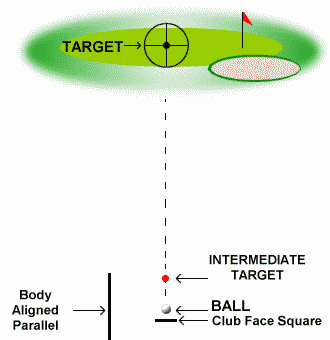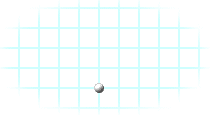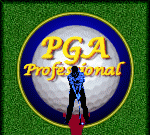Golf Instruction Article
|
|||
Alignment
|
|
Get the author of this article's 4-volume series of paperback books covering the entire game in detail. Learn more... Work on your game in person with the PGA Professional author of this article and website at
Located in the east bay area of San Francisco Absolute beginners through advanced |
The problem for many people arises when trying to see this type of alignment on the golf course. Enter the humble intermediate target. Such a little thing can make such a big difference. An intermediate target is a real or imagined point on the target line between the ball and the target. For example, a twig, pebble, discolored blade of grass or leaf a foot or two in front of your ball could be an excellent intermediate target.
Improving your alignment on the golf course can be accomplished by following two steps: practicing on the driving range with alignment aids and using an intermediate target to establish your alignment when you play.
It is against the rules to use an artificial alignment aid, or to place or move anything natural as an alignment aid, during a round of golf. But one should definitely practice with alignment aids. Something as simple as another club lying on the ground next to where you're hitting balls with the shaft aligned at the target works wonderfully. Even driving range mats with straight edges can be enough. The whole point of this is to get used to seeing and feeling oneself in a square position. Practicing with an alignment aid will train the nervous system to see and feel square.
The purpose of an intermediate target is to visually establish a line (the target line). Once you have a line you can then see (especially after the training mentioned above) a relationship of either parallel or perpendicular to that line. Although it is against the rules to place or move an object for use as an alignment aid there are countless objects occurring naturally on the ground in front of your ball that can be used as intermediate targets. It doesn't even necessarily need to be an object directly ON the target line. Something near the target line can be used as a reference point to the target line (e.g. the edge of a divot just to the right of the target line would make it easy to see where the target line was and then square-up to it).

Okay, so you find a point in front of you, on or as a reference to, the target line. Now that you can "see" that line you should easily be able to position your club face square to the line and your body (feet, knees, hips, shoulders) parallel to it. Voila, instant alignment! It's like having graph paper on the ground.
I prefer to locate a point very close to the ball, say within two feet. Some players like to
find a spot farther away (this does not work for me; perhaps their vision is better than mine or they
have a better natural sense of alignment). I have also heard that some players select more than
one intermediate target. That is way too complicated for me; perhaps their brains are more complex
than mine. One point between the ball and the target is all it takes to establish the line,
but if you feel you need something more elaborate you're welcome to make things more difficult by
adding variables. ![]()
Practice with an alignment aid of some kind and start using an intermediate target to line up all your shots. You won't have alignment problems any more.



